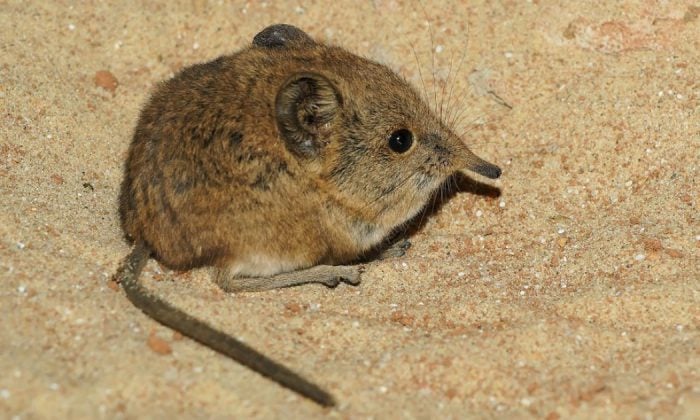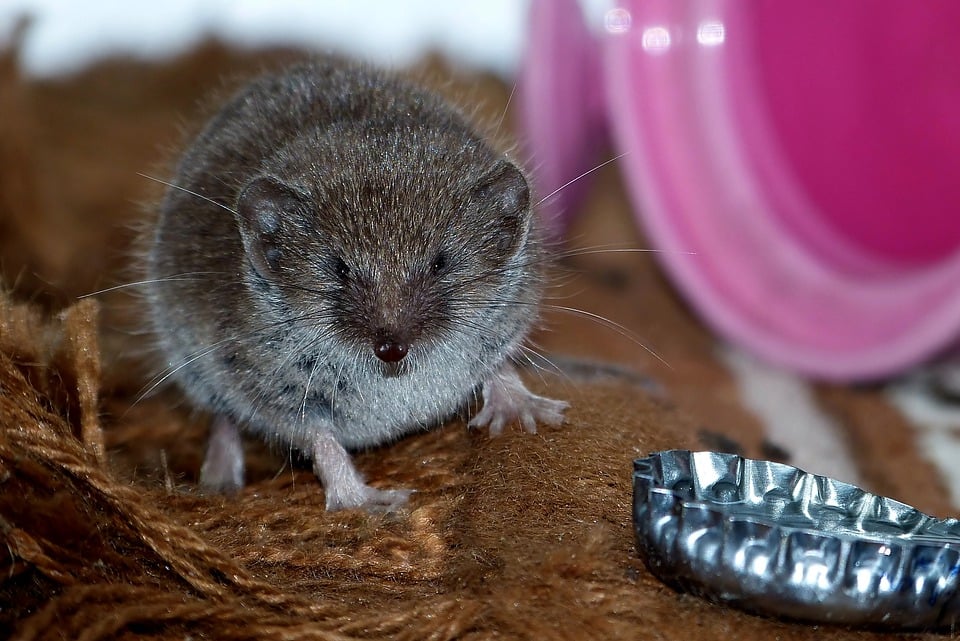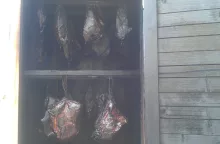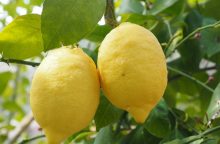The common shrew. A good or bad guy?

Many people could easily confuse the common shrew (Sorex araneus) with a vole or some kind of a rat, but unlike vole or rat, the common shrew is not considered a pest. It turns out that while the “bad” pests feed on our crops (or their roots), the shrew is not bad at all and it actually belongs to the “useful” animals category. So, why it is considered useful?
How can you recognize the common shrew?
The shrew belongs to the Soricidae familybut you may know it as the Eurasian shrew. It is from 5.5 to 8.2 cm in long and weighs from 5 to 12 g, so it is a fairly small animal. The velvety fur is usually brown to grey. If you just see it running fast by, you may easily mistake it for a mouse. But if you could take a closer look, you would notice the typical elongated snout.
Photo: Pixabay
Where can you see the common shrew?
The common shrew is a small and inconspicuous animal and you can spot it during the day or night. Most often you can find it in forests, meadows, various bushes and only sometimes in gardens. Unlike voles, the common shrew does not live in the ground and does not dig tunnels that destroy roots. They do not even make their own burrows – they find burrows or holes that have been abandoned and use them happily.
What do shrews eat?
We mentioned that you do not need to worry about tunnels harming your plants, but what about its appetite? Well, it is a really big eater, but thankfully, it enjoys things that you do not want to see in your garden. Its favourite food includes various pupae and larvae of insects and even snails. The common shrew has a really fast metabolism and needs to eat all the time. If it cannot eat for few hours, it may actually die…
Do common shrews hibernate?
The shrew does not hibernate and because it gets hungry easily, it needs to search for food all the time, especially in winter. Winter is the time when common shrews tend to live close to human dwellings and search for anything they can find, such as wheat and other goodies. During winter you have a much better chance of spotting it. A very interesting fact about shrews is that their entire body shrinks if there is not enough food – not only the stomach, but also other vital organs. This allows them to survive on less food in winter.
Source: https://porady.interia.pl/ogrody/news-ryjowka-pozyteczny-ssak-ktory-zjada-najgorsze-szkodniki,nId,4907083
Preview photo: Pixabay

Gardening is my hobby, I have a lot of experience and I am happy to share it.









0 comments